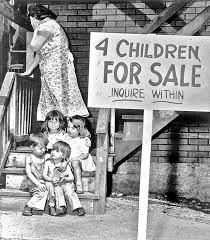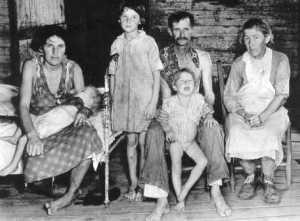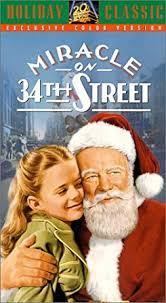 The wooden sign reads “2 Children for Sale,” in 1931 rural Pennsylvania. This propels the novel, Sold on a Monday.
The wooden sign reads “2 Children for Sale,” in 1931 rural Pennsylvania. This propels the novel, Sold on a Monday.
Ellis Reed is a struggling junior Philadelphia newspaper reporter with a photography hobby, who snaps a photo of the sign accompanied by two small kids. This leads to a feature article getting wide attention, advancing Reed’s career. And to two children actually being sold.
Their cash-strapped mother thought she was dying. Turns out she was misdiagnosed. Reed goes on a labyrinthine mission to reunite the family, helped by press room secretary Lily — of course they fall in love.


In McMorris’s novel, Reed’s original photo had gotten accidentally spoiled, so he went back for a re-do. But the family was gone. He did manage to find the sign lying in the dirt — and a different pair of kids to photograph with it. But after his article goes “viral,” Reed is haunted by the photo’s journalistic dishonesty — as well as its upshot of those kids’ fate.
I would not have been much troubled by different children illustrating the article, if its substance was true. However, about that crucial text we’re actually told nothing. With Reed having interviewed no one, what exactly did he write? Generalized social commentary would have been fine. But if he made up particulars about a family, then we’re in Janet Cooke – Jayson Blair territory. Seriously unethical. This is left strangely unspecified.

With characters not unreal, exactly, yet behaving in such a formulaic way that I couldn’t quite take the story seriously. The nastiness of some characters was almost made to feel endearing. Even the tense conflict between Reed and his father seemed formulaic.

